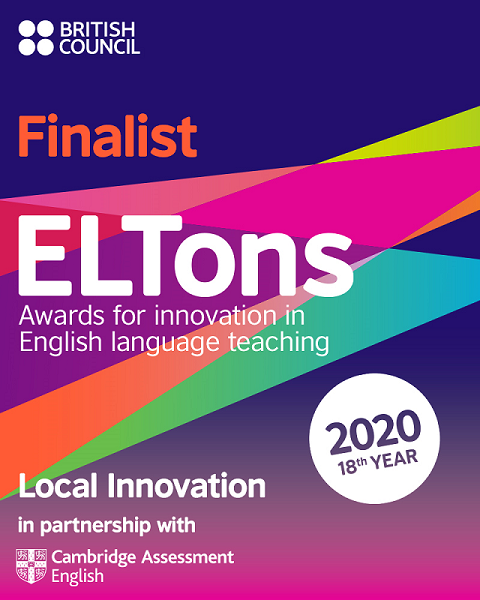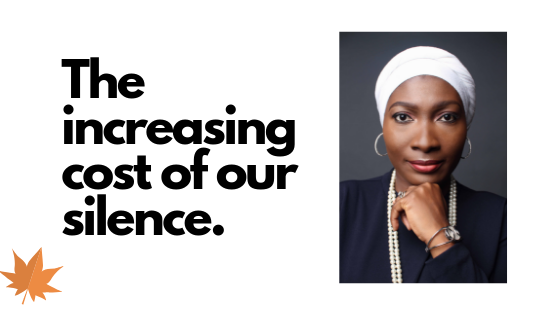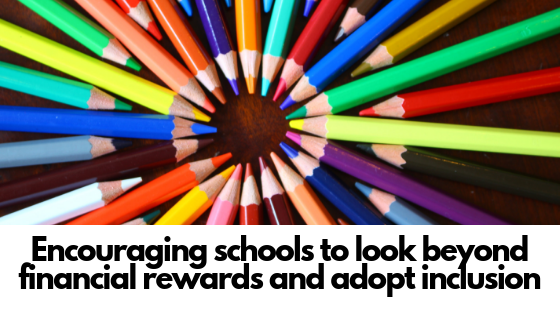
From Basirat Razaq-Shuaib
Yes! My book “I am not naughty- I really really mean it!” made the finalist selection of the British Council ELTons Innovation Award. This is a HUGE feat!!!! So let me tell you a bit about the illustration process of this book. I worked with an amazing illustrator – Olalekan Salami (contact me for his details) to bring the ideas to life. At some point, he got tired because if a brush stroke was missing, I would call for it to be fixed. I pay attention to details and from the beginning, I made it clear that the book had to be illustrated to international standards. You can imagine our excitement when this book was selected. Take a look at his comment on Instagram.
So what exactly is the ELTons Innovation Awards? Every year, the British Council celebrates innovative ways of teaching English Language internationally. The award is known as the ELTons Awards for Innovation in English Language Teaching. 2020 marks the 18th year of ELTons Awards and this year, 130 entries were received from over 40 countries. Panels of experts worked independently to find entries that best show excellence in innovation and functionality to meet the needs of English language learners and teachers around the world. There are 5 categories and we were selected as finalists under the Local Innovation (in partnership with Cambridge Assessment English) category. As this is an internationally competitive field, you will agree with me that coming out as a finalist must make me and every at The Winford Centre for Children and Women justifiably proud. It’s a lot of hard work so we are basking in this glory.
Now a little about the book – I am not naughty- I really really mean it! This is my first book and I wrote it to increase the awareness of invisible disabilities and social inclusion of affected children. All the proceeds from the sale of the book go to charity. The book tells the story of Ayo, a misunderstood school-aged boy who is tagged as naughty but whose behaviour is as a result of his ADHD disability. From constantly spilling his food to not sharing toys or giving others a chance in class, Ayo’s behaviour continues to take a toll on his family and schoolmates. However, with the help of a diagnosis and support, Ayo’s behaviour improves and he develops positive relationships. The book depicts the struggles of children who have invisible disabilities. It teaches empathy, kindness and promotes disability inclusion. It also contains positive affirmations for children. On its own, this is an amazing book but combined with a mobile reading service under the Inclusion Starts with Me programme, this is an outstanding resource. Effectively, we are teaching English language, inclusive education and social inclusion using just one package.
This achievement definitely calls for a celebration which is why we are celebrating with a 50% price slash! Yes, you read right. So hurry and get your copy here if you are in Nigeria. If you are ordering internationally, you can purchase a copy from Amazon here.
Thank you to the following people who made this dream come true. This is not an exhaustive list…
My husband Razaq Shuaib
My kids
Olalekan Salami
Parresia publishers
The Winford Centre for Children and Women
Ms M. Giwa
Miriam Elegbede
Chukwuka Monye
Omotola
Chidi Koldsweat



